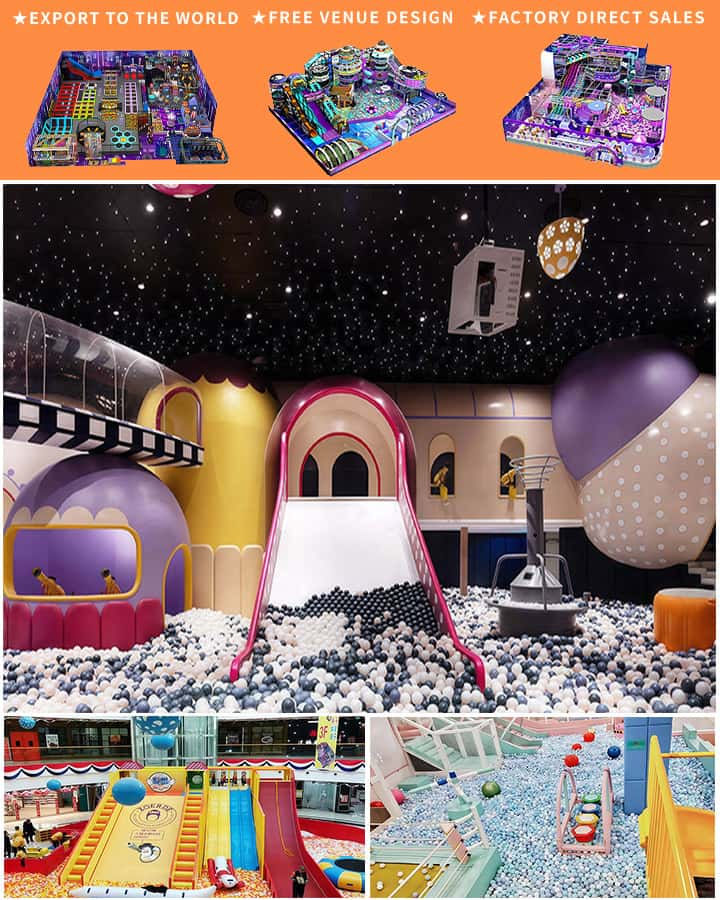Creating an inclusive playground that caters to the unique needs of autistic children is essential for fostering a sense of community and ensuring that every child can enjoy playtime. Playground equipment specifically designed for autistic children addresses their sensory sensitivities, cognitive differences, and social interaction challenges, allowing them to play safely and joyfully alongside their peers. Here’s how we can achieve this with thoughtful design and innovative solutions.
Sensory-Sensitive Design
One of the primary considerations when designing playground equipment for autistic children is their heightened sensitivity to sensory stimuli. Loud noises, bright lights, and unexpected textures can overwhelm them, making it difficult to engage in play. To mitigate these issues, designers can incorporate features such as:
Soft Padding and Materials: Using soft, non-abrasive materials for surfaces and edges can prevent injuries and provide tactile comfort. Rubber mats or foam padding can reduce the risk of falls and cushion any accidental impacts.
Calming Colors and Textures: Opting for muted colors and gentle textures can create a more soothing environment. Avoiding overwhelming patterns and using calming hues like blues and greens can help reduce sensory overload.
Quiet Mechanisms: Incorporating quiet mechanisms into slides, swings, and other equipment minimizes startling noises. For example, well-maintained hinges and pulleys, along with sound-dampening materials, can make the playground experience more enjoyable.
Cognitive Accommodations

Autistic children often process information differently, which can impact their ability to understand spatial relationships and navigate complex play structures. Simplifying the design of playground equipment can make it more accessible:
Clear Visual Cues: Using simple, intuitive symbols and color-coding can help autistic children understand how to use the equipment. Instructions can be visually presented through pictograms, reducing reliance on verbal communication.
Straightforward Layouts: Complex climbing structures or multi-step play sequences can be confusing. Simplifying the layout with clear paths and straightforward steps helps in making the experience less daunting.
Interactive Features: Incorporating interactive elements such as touch panels, motion sensors, or sound modules that respond to actions can engage autistic children without overwhelming them. These features can encourage exploration and learning in a controlled manner.
Social Interaction Support
Playgrounds are crucial environments for social development, but they can be challenging for autistic children who may struggle with social cues and interactions. Designing spaces that facilitate social inclusion is key:
Designated Quiet Areas: Providing quiet zones within the playground allows children who need a break from sensory stimulation to retreat and relax without feeling isolated from the activity.
Buddy Benches: Installing buddy benches—benches where children can sit together if they are not currently playing—encourages social bonding and provides a space for rest and observation.
Collaborative Play Equipment: Structures that require teamwork, like seesaws, merry-go-rounds, or cooperative puzzle boards, promote social interaction and help teach sharing and turn-taking skills.
Community Involvement
Inclusive playground design should also involve the community, particularly input from parents, caregivers, and educators of autistic children. Their insights can guide the creation of a space that truly meets the needs of all users:
Workshops and Surveys: Conducting workshops and surveys to gather firsthand experiences and suggestions ensures that the final design considers real-world needs and preferences.
Trial Runs: Allowing families to test out prototypes of playground equipment can highlight unforeseen challenges and inspire new ideas. This feedback loop is crucial in refining designs before full-scale implementation.
Inclusive Policies: Encouraging local governments and parks departments to adopt inclusive playground policies can lead to broader integration of these features in public play areas, benefiting a larger number of children.
In conclusion, designing playground equipment for autistic children involves addressing their sensory, cognitive, and social needs through thoughtful and empathetic planning. By creating inclusive playgrounds, we not only provide a safer and more enjoyable environment for autistic children but also foster a community where diversity is celebrated, and every child has the opportunity to play and thrive.




